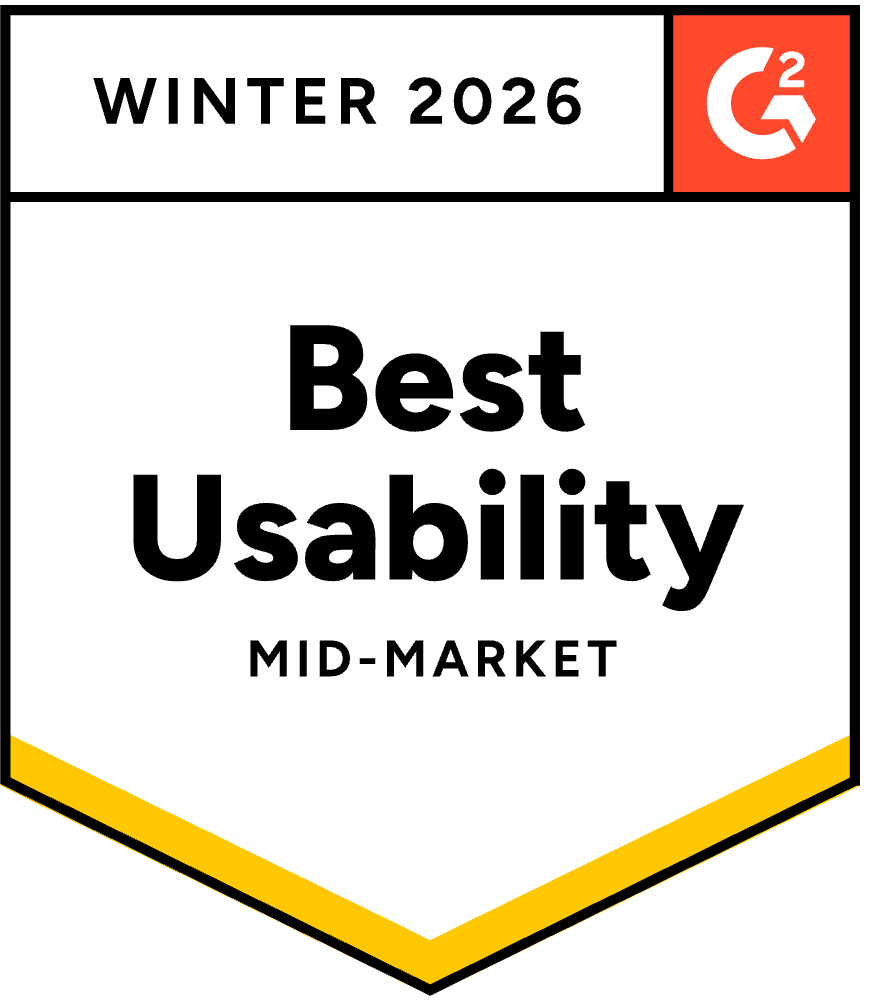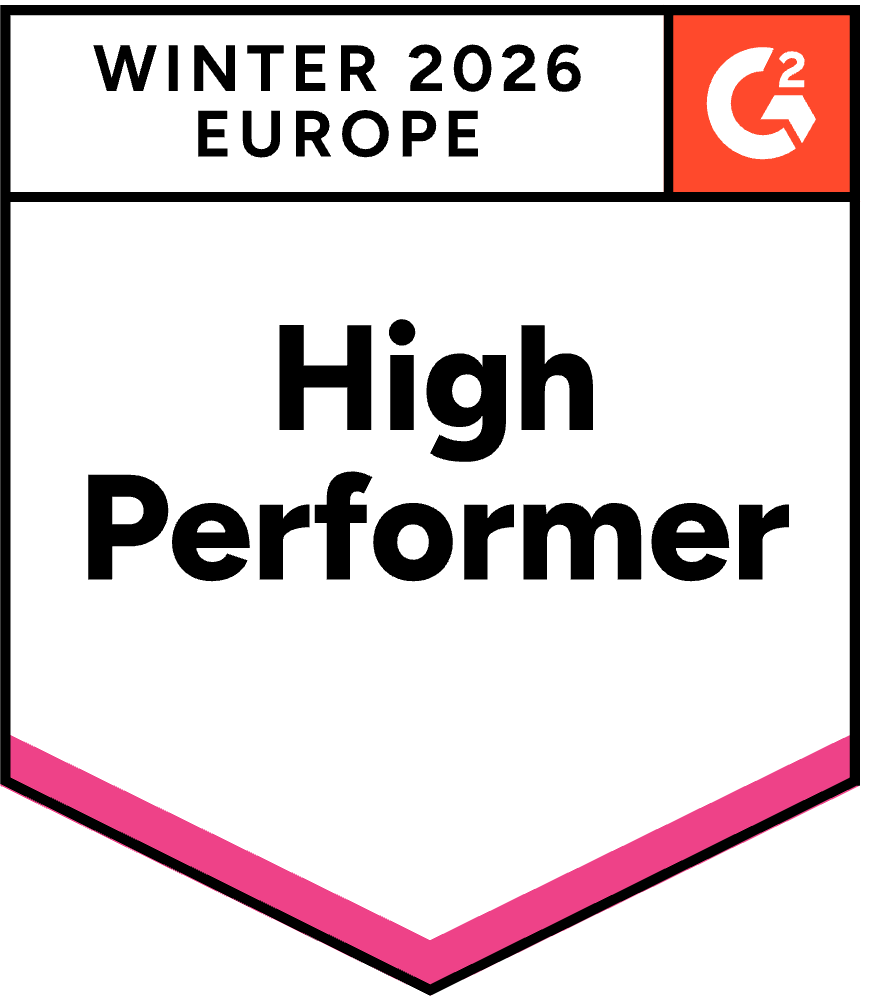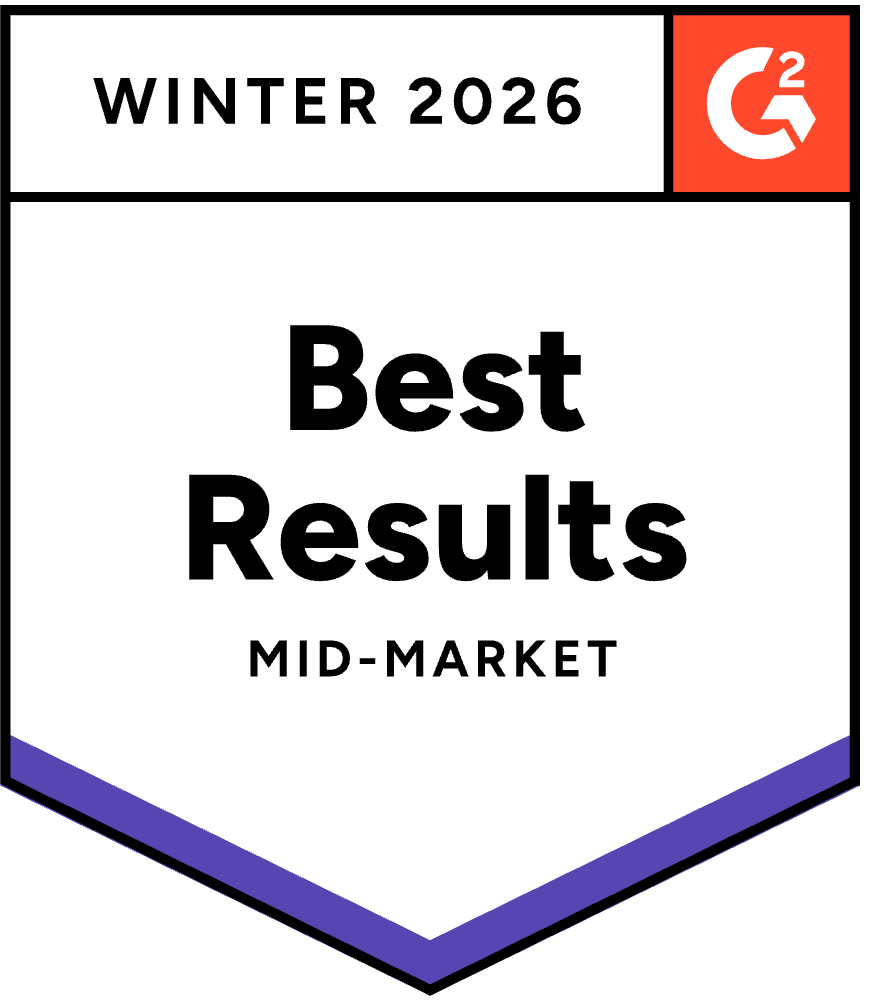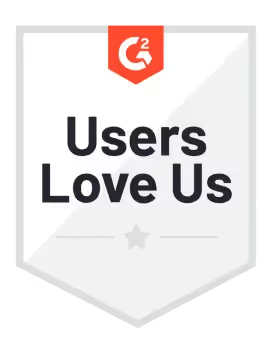Data Governance Leader
You’re not just checking compliance boxes. You’re enabling safe, scalable data use across the organization. Sifflet gives governance leaders full visibility, control, and automation, so policies stick, risks shrink, and data stays trusted no matter how fast things move.
Stronger Compliance, Less Manual Work
Automated cataloging, lineage, and audit trails make it easier to meet regulatory requirements without drowning in spreadsheets or manual updates. Sifflet keeps your governance up to date and always inspection-ready.
Fewer Blind Spots Across the Data Stack
With Sifflet, governance teams get full visibility across ingestion, transformation, and consumption, including shadow data and undocumented assets. You can finally govern what’s actually in use, not just what’s documented.
Governance That Scales With the Business
Sifflet integrates directly into your data workflows, so policies and controls scale alongside your teams and infrastructure. Whether you're onboarding new domains or expanding your stack, governance stays aligned and under control.
A Catalog That’s Actually Alive
Most catalogs go out of date the moment they’re published. Sifflet’s catalog is powered by automated metadata ingestion across your full stack: Snowflake, Databricks, dbt, Tableau, and more. You get real-time visibility into schema changes, freshness, usage, and ownership. No more chasing people for updates. No more flying blind.


Lineage That Goes Beyond Tables
Sifflet provides deep, column-level lineage with full context, not just technical dependencies, but business impact. You can trace an issue from a broken pipeline to a downstream dashboard, and instantly see which KPIs, reports, or teams are affected. This makes policy enforcement, impact analysis, and root-cause resolution fast and reliable.
Governance Built Into the Workflow
Sifflet turns governance from a reactive process into a built-in feature of everyday data ops. You can tag sensitive assets, certify trusted datasets, monitor for violations, and set up alerts, all from inside the platform. No need to bolt governance onto the side. It’s already baked in, and it scales with your data.





































-p-500.png)
